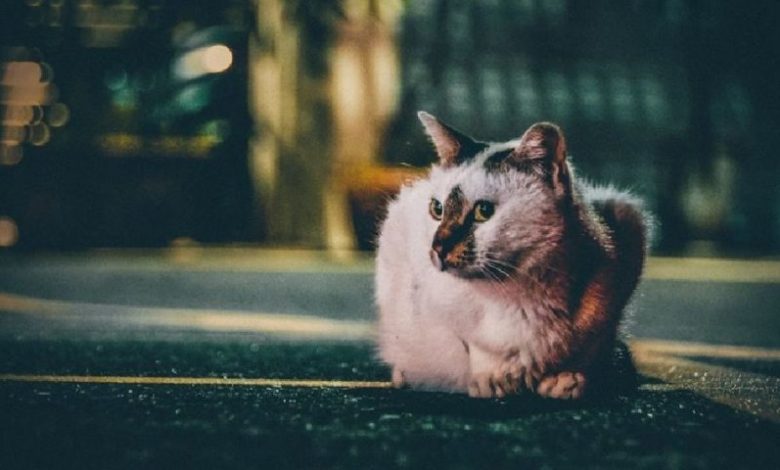Young, male and crossbred cats most at risk of road accidents

Being young, male and crossbred increases a cat’s chances of being hit by a car, according to the findings of a new paper published today (1 November).

Become a member for unlimited access
Remove all content restrictions with a membership account. First-year special offer pricing. Cancel any time.
You have read 2/2 free articles this month.

How many members should have access to the subscription?
Monthly
Yearly
Save £9.89
No, thanks
I already have an account

Being young, male and crossbred increases a cat’s chances of being hit by a car, according to the findings of a new paper published today (1 November).